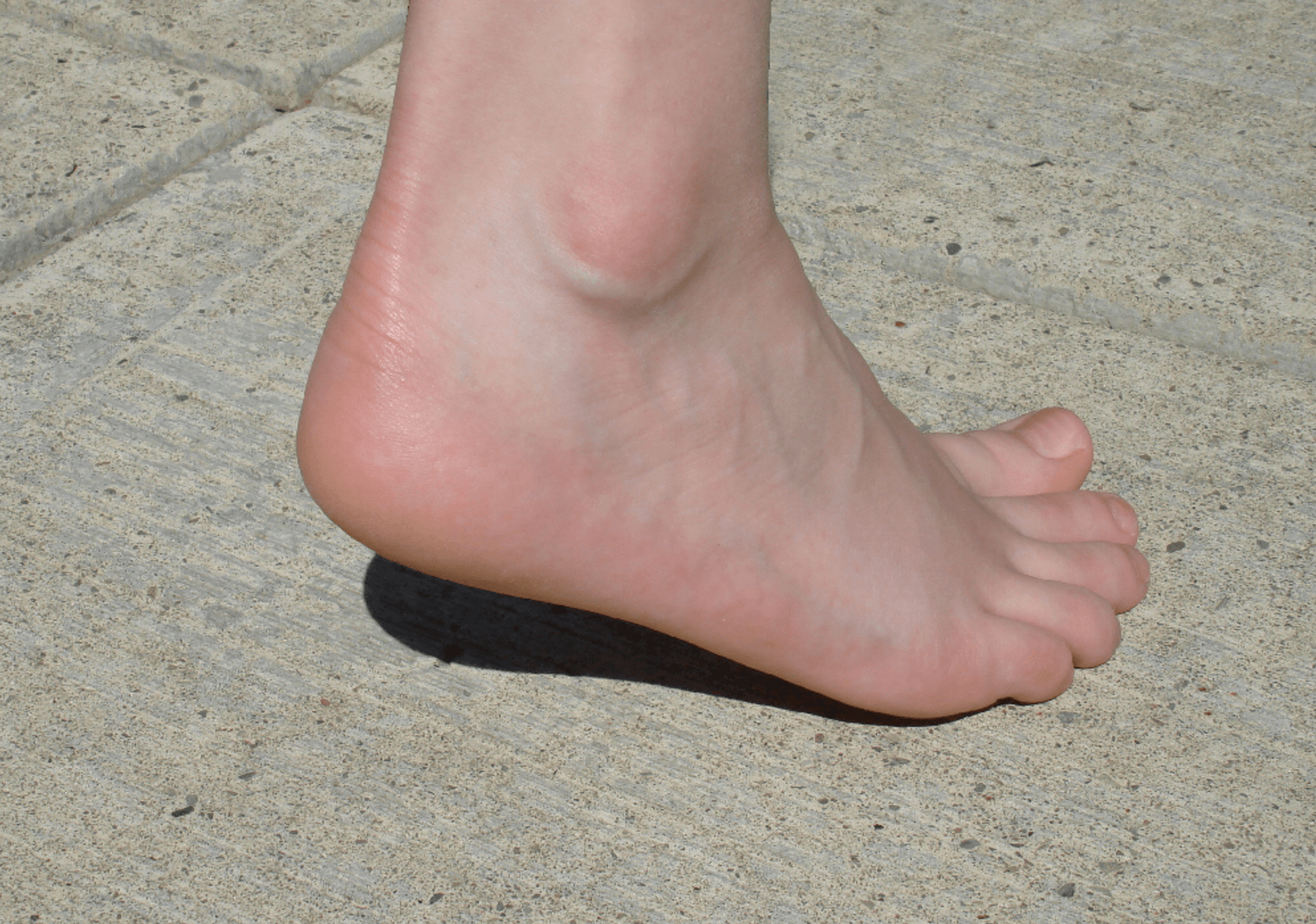
After foot surgery, it’s not uncommon to have edema that can last from just 2 or 3 weeks, up until 2 or 3 months or even longer. It is always advantageous to try to reduce swelling when possible. There are multiple strategies for reducing swelling. Reducing swelling very often helps reduce postoperative discomfort and reduces the need for post procedure pain medications. Note postoperative swelling can be persistent. Once one or several techniques are done to reduce it, an effort has been made to maintain this because the swelling tends to want to keep coming back. This will happen until several weeks or longer have gone by and additional soft tissue and/or bone healing has occurred.
Outside physical therapy: We often wait for outside physical therapy until least 3 weeks postoperatively because this gives the incision to get a chance to have some initial healing to "seal up" the wound so to speak and to therefore minimize the risk of a postoperative infection.
Home treatments:
RICE: Rest Ice Compression and Elevation - this is always helpful. But our patients often forget.
Rest: Avoid going back to work or doing activities too soon. After initially being a couch potato for the first 3-5 days, some people just get too busy, and some people start to resume full weightbearing activities (too soon) with one's feet dependent or hanging down allowing gravity to pull more fluid down to the feet and ankles. This is often a time when initially you are feeling great, and then you start to overdo it and all of a sudden it starts hurting again and it may start swelling also. Remember, if you have to go back to work and your feet start to swell, you may have to compensate by really pampering yourself at home. Often it is helpful to go back to work for reduced hours during the first few weeks of returning to work. For example for major foot surgery, working just 4 hours per day 3 days a week the first week, than 4 hours per day 5 days a for several weeks, and then returning to work 6 hours 5 days a week, and finally a full 8 hour shift.
Ice: Whenever there is swelling, ice can be of some help. It's usually the most helpful during the first 48 hours of an injury but with surgery this can be more like the first 7 days.
Elevation: In particular, whenever possible if you're just sitting, try to keep your feet elevated above heart level.
Compression: An Ace wrap office compression. Sometimes it's helpful to do fairly intense compression with the Ace wrap leave it on for 20 minutes and then loosening the Ace wrap to more moderate pressure.
Remember to never remove the dressing including Ace wrap and last unit if the doctor is okay during the first 3-4 days. Remember, Ace wraps can lose some of their compression over time.
There are special forefoot compression sleeves that we can order or may be available through our clinic.
Contrast baths: After the first 1 to 2 weeks, there can be a benefit to doing contrast baths. Ask Dr. Nelson or Dr. Young before doing this. But, one technique is to have a very light sterile dressing on the foot, and then use a brand-new garbage bag and have the foot go into one top of warm water for 3-4 minutes at one top of his water for 1-2 minutes. This is a 5 minute cycling total, the 5 minutes cycled is repeated for 20-30 minutes.
Home interferential electrical stimulation (IF 4000 unit). These units are often available to check out from our clinic. These use a set of 4 gel electrodes that are placed per your doctors’ recommendations. Typically these are done for 20-30 minutes 1-2 times a day. Also typically icing is done during this treatment and/or immediately after this treatment. The units are usually used for 2-3 weeks duration. This helps reduce swelling and pain both.
Massage and ROM (range of motion): Gentle massage away from the surgical site can be very beneficial. One technique is for example, if bunion surgery was done then the side of the foot adjacent to the great toe is avoided. But the outside of the foot that may still have some swelling and/or edema is gently massage well the foot is elevated above heart level. This massage is worked from the toes back toward the midfoot toward the ankle and then up towards the leg. Most of the time is concentrating on the foot and ankle. The goal is to physically work some as swelling out by gently manually "moving" the fluid. After this can be very beneficial to place a compressive sleeve and/or Ace wrap over the foot to help avoid the swelling from immediately returning.ROM can be very helpful especially well the foot is elevated above heart level.
Supplements: It is always helpful to take supplements the help of bone healing such as calcium, magnesium, vitamin D 3 and vitamin K 2.
But in addition, it can help to take other supplements such as Omega essential fatty acids (fish oil), some people swear by tumeric and Arnica.
Rx Oral anti-inflammatories: Some anti-inflammatories may have properties that inhibit and/or slow bone healing. Taking Advil or Aleve once in a while should not be a problem, but taking it consistently or taking prescription anti-inflammatories can be a concern.



